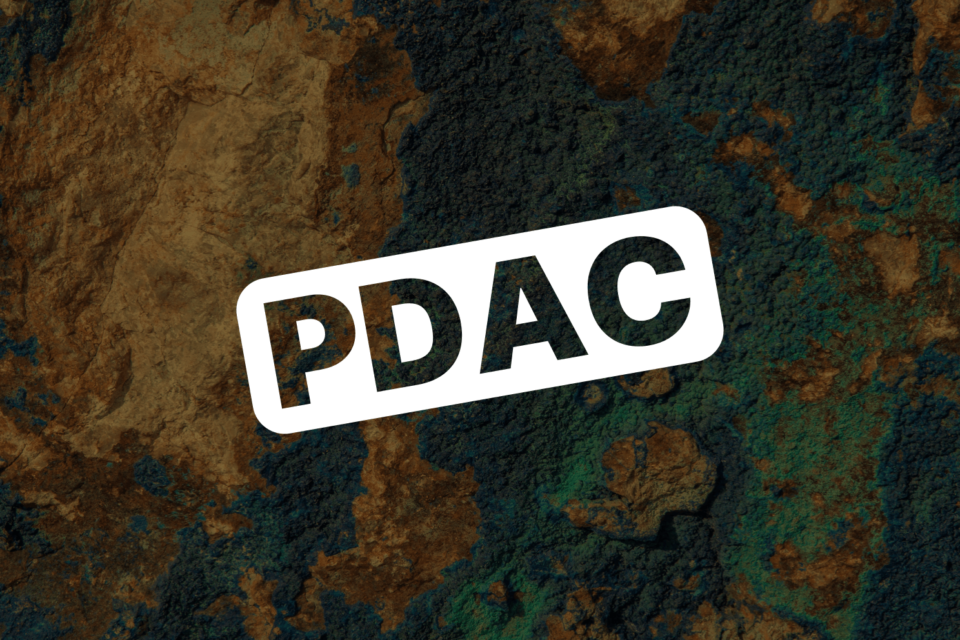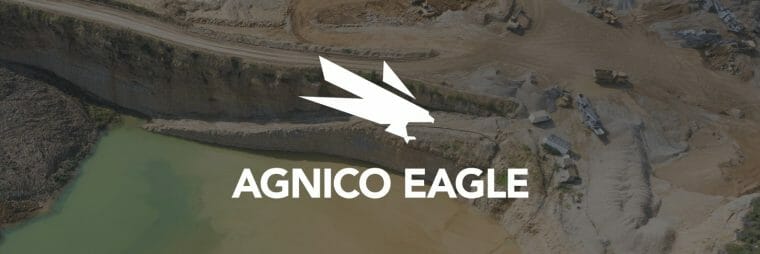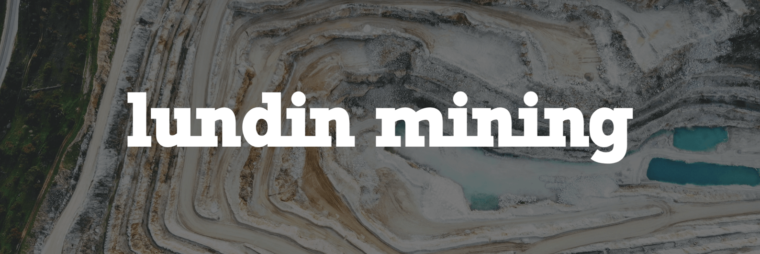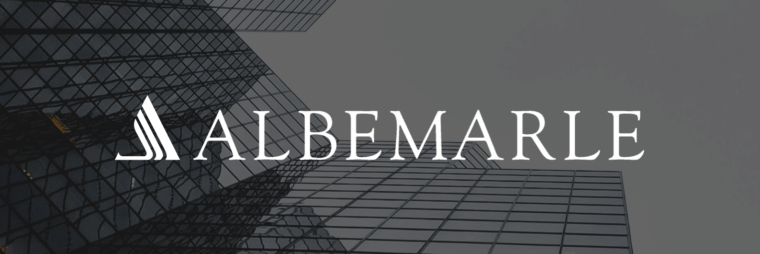PDAC special: minerals

New PDAC Special: Minerals
PDAC is back as minerals are rallying. PDAC is the Prospectors & Developers Association of Canada’s annual convention, one of the key conferences for dealers of gold, silver and precious metals. Downtown Toronto is hosting it from March 5-8. Year-to-date, the TSX capped materials index has climbed only 1%, but has steadily recovered after bottoming last July at 278 points (as part of the TSX) to hover around 340 to begin March. Here are some names to consider among these precious rocks.

PDAC Special #1:
Primarily a gold producer with a key mine in the Abitibi region of northwestern Quebec, Agnico-Eagle has outperformed its peers, with its shares staying flat over the past 12 months while Barrick has slid 22% and Newmont dove 28%. Last month, AEM reported a net income of $205 million (45 cents per share) in Q4 2022. That improves from $101.4 million (41 cents) a year ago. Meanwhile, adjusted EPS clocked in at a higher-than-expected 41 cents. Revenues of $1,384.7 million were up 46% year over year, driven by higher mine-operating margins and greater sales due to the merger between Agnico and Kirkland Lake Gold.
AEM has been growing by acquisition, most notably this Kirkland Lake deal (with a market cap of $22.4 billion) that concluded 13 months ago. Last month, Yamana Gold and Pan American and Yamana Gold shareholders voted to allow AEM to buy Yamana for $4.8 billion in cash and shares. Meanwhile, cash flows remain robust. Agnico Eagle ended the year with $658.6 million, up 254% year over year while debt stood at $1,242 million, a decline of 7.3%.
Drilling down (sorry) on the performance of their mines: overall gold production clocked in at 799,438 ounces in the reported quarter, a 59.3% pop from 501,932 ounces in the quarter a year ago. Note that this number includes results from Detour Lake, Fosterville and Macassa mines. However, Pinos Altos mine, Kittila mine and the LaRonde Complex reported weaker production.
The company’s guidance pegs gold production at 3.2 to 3.4 million ounces of gold annually in 2023 and 2023, about the same as 2022, but if three projects are approved those would add up to 100,000 ounces in 2024. Costs per ounce are expected to remain “relatively stable” in this period. The price of gold itself will increase whenever the U.S. dollar rises. Gold is expected to be stable, hovering around $1,900 an ounce. Investors will be paid 3.41% to wait. AEM’s beta is a stable 0.78.

PDAC Special #2:
Lundin is headquartered in Toronto like Agnico-Eagle, but it differs by mining copper (63% of 2022 revenues), zinc (12%), nickel (12%) as well as gold (7%). Key mines are the Chapada in Brazil, the Neves-Corvo in Portugal, the Eagle in the U.S, and the Zinkgruvan in Sweden. Lundin missed two of its last four quarters, but its most recent was generally positive, highlighted by its EPS coming in at $0.25, far above the expected $0.13. including a 36% dividend increase to nine cents per share as it buys back shares.
Speaking of copper, 2022 sales topped $3 billion, of which $810 came in Q4 when metal prices rose over the previous quarter. Production volumes in 2021 and 2022 were roughly the same, but lower copper prices weakened revenues from $3.3 billion in 2021. The good news is that Lundin met guidance on all its metals.
Though Lundin boasts a healthy balance sheet, the inflation bogeyman is a definite problem, such as higher electricity bills in Portugal and rising wages across the board. Inflation will compress margins. Where this ultimately leaves Lundin is the price of copper in 2023. Copper is considered a barometer of global economic wealth because it is used in so many applications, from electrical equipment to industrial machinery.
Copper will benefit, at least short term, from China’s reopening, but long term from renewable energy which transmits wind and solar through copper. The macro shift to renewables, particular in the U.S. under Pres. Biden, is a definite tailwind (pun intended).
Lundin isn’t a slam dunk, but long term the stock looks attractive as does its 4.02% dividend yield.

PDAC Special #3:
Where EV sales go, lithium prices follow. China’s reopening, as illustrated by surprisingly strong factory data recently, is roaring and this should drive EV sales rebounding after China’s long lockdown slumber. Another tailwind is the Inflation Reduction Act (IRA) that the Biden government unveiled last August. In just three months, over US$13 billion in investments flowed into producing battery raw material for EV’s, and lithium is the key ingredient.
Even before Washington passed that act, lithium prices were soaring, due to stronger demand but also supply shortages. In February 2022, lithium has soared 900% within two years.
Last month, Albemarle announced that its lithium sales jumped 410% year-over-year in Q4 2022 as net sales popped US$1.66 billion over that time frame to US$2.06 billion. Full-year net sales of more than $7 billion were more than double 2021’s number. Last October, the company secured nearly US$150 million from the Dept. Of Energy to build a lithium processing plant in North Carolina as part of the IRA. Can the good times continue or will lithium prices correct?
UBS predicts EV sales will rise 30-35% in China this year. If this trend holds true, then China’s demand should offset any weakness in lithium prices. Also, Albemarle’s PE of 11.24x now has risen from 9.4x to start the year, but is historically reasonable considering the media average over five years is 30.85x.



